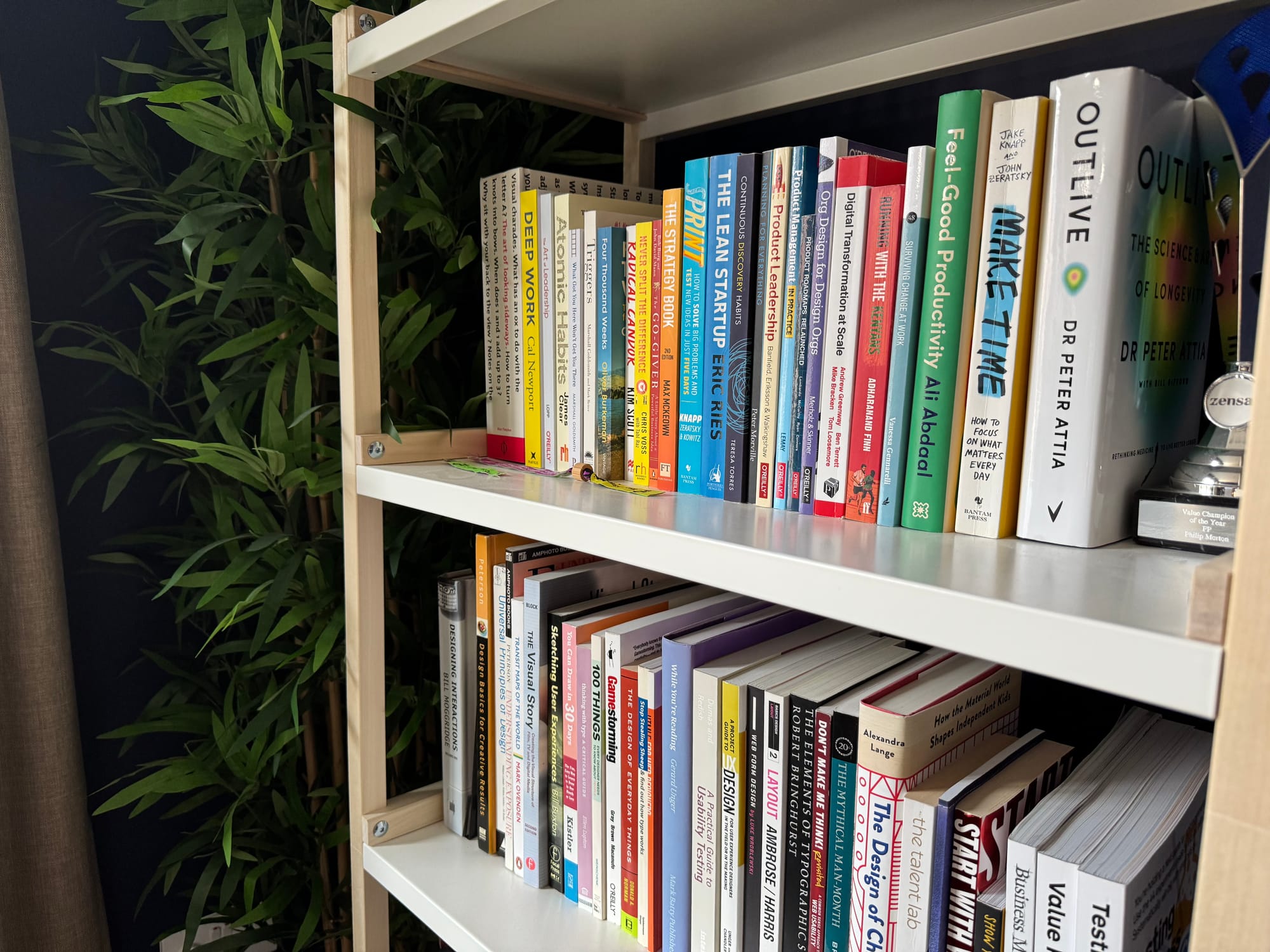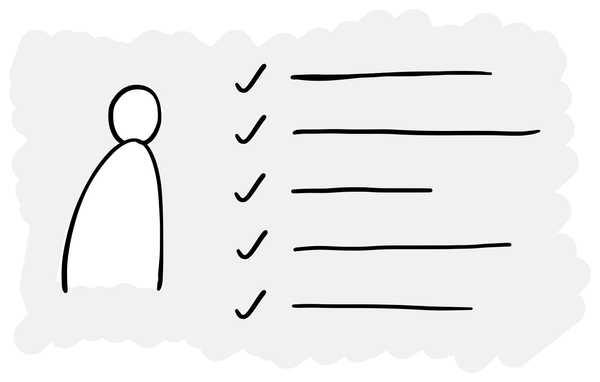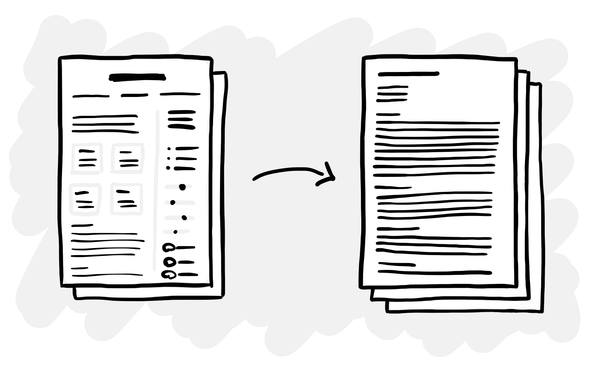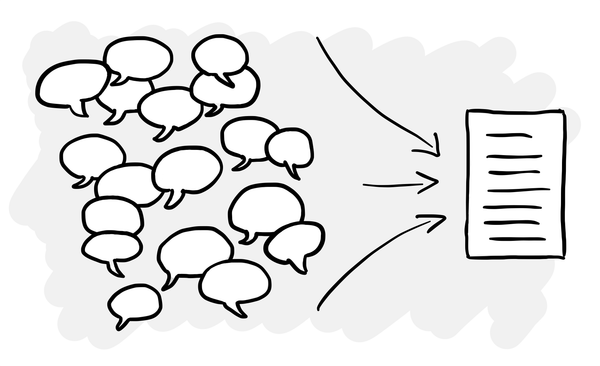The solopreneur era is here (and UX people are well placed to take advantage)
What can non-technical people build, now that AI can write the code?
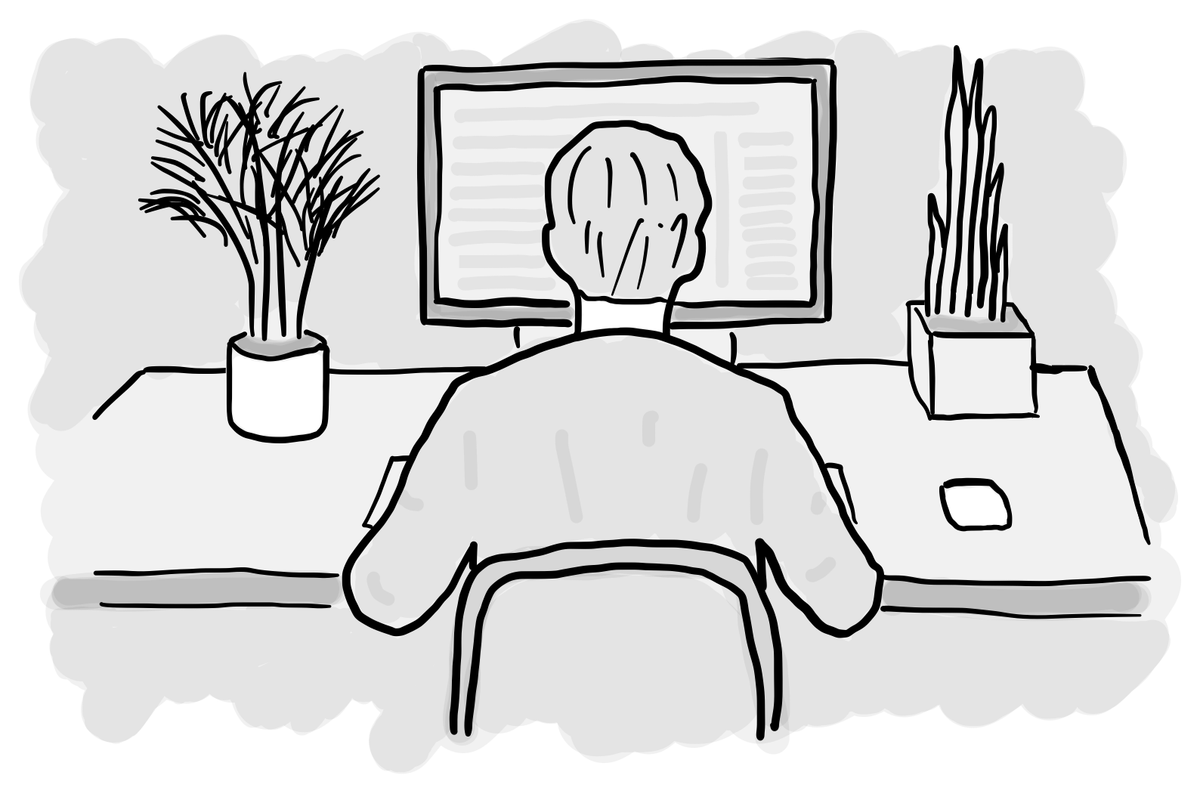
As a UX person (designer, researcher, etc.) your career options are broadly:
- Full-time employee in an organisation
- Freelancer/contractor
- Co-founder of a startup (with someone more technical)
However, developers have always had another option: being a solopreneur.
This is someone who starts their own business, but it’s just them. They do all the product development, marketing, distribution, support, etc. Think of Marco Arment with Overcast or David Smith creating Widgetsmith (100m+ downloads).
If you want an even more in-depth example, Suhail Idrees left his job at Bain to create AI video editing tool FireCut, which makes $1m a year:
People with software engineering skills have been able to take this alternative career path for decades, but AI means that this option is starting to open up to non-technical people too.
The solopreneur era is here
The big difference between a freelancer and a solopreneur is scale. If you’re just selling your time, your income is limited by how much time you have. If you’re making a piece of software, it can potentially reach (and earn money from) millions of people.
There are other types of solopreneurs (e.g. YouTubers, people selling online courses, etc.) but let’s focus on software for now.
For years, the infrastructure needed to build software has been getting more and more accessible, with complexity being abstracted away. AWS means you don’t need to manage physical storage, the App Store handles distribution, Stripe simplifies payments and so on. Many apps are essentially a layer that sits on top of APIs.
It’s never been easier to create a digital product and the final barrier for most of us – being able to write code – is now being lowered by AI.
When anyone can write code, the question is what to build
Given the progress we’re seeing with AI coding tools, we’re not far from a world where anyone could (in theory) start and run a one-person software business. You could argue we’re already there.
In that world, the question goes from being “can you build it?” to “what should you build?” and “what will people pay for?”
With AI tools making execution much easier, the biggest barriers to success are:
- Identifying real pain points worth solving
- Validating ideas before committing too many resources
- Designing something people actually want
- Understanding the market well enough to differentiate
In other words, the skills that many UX people already have.
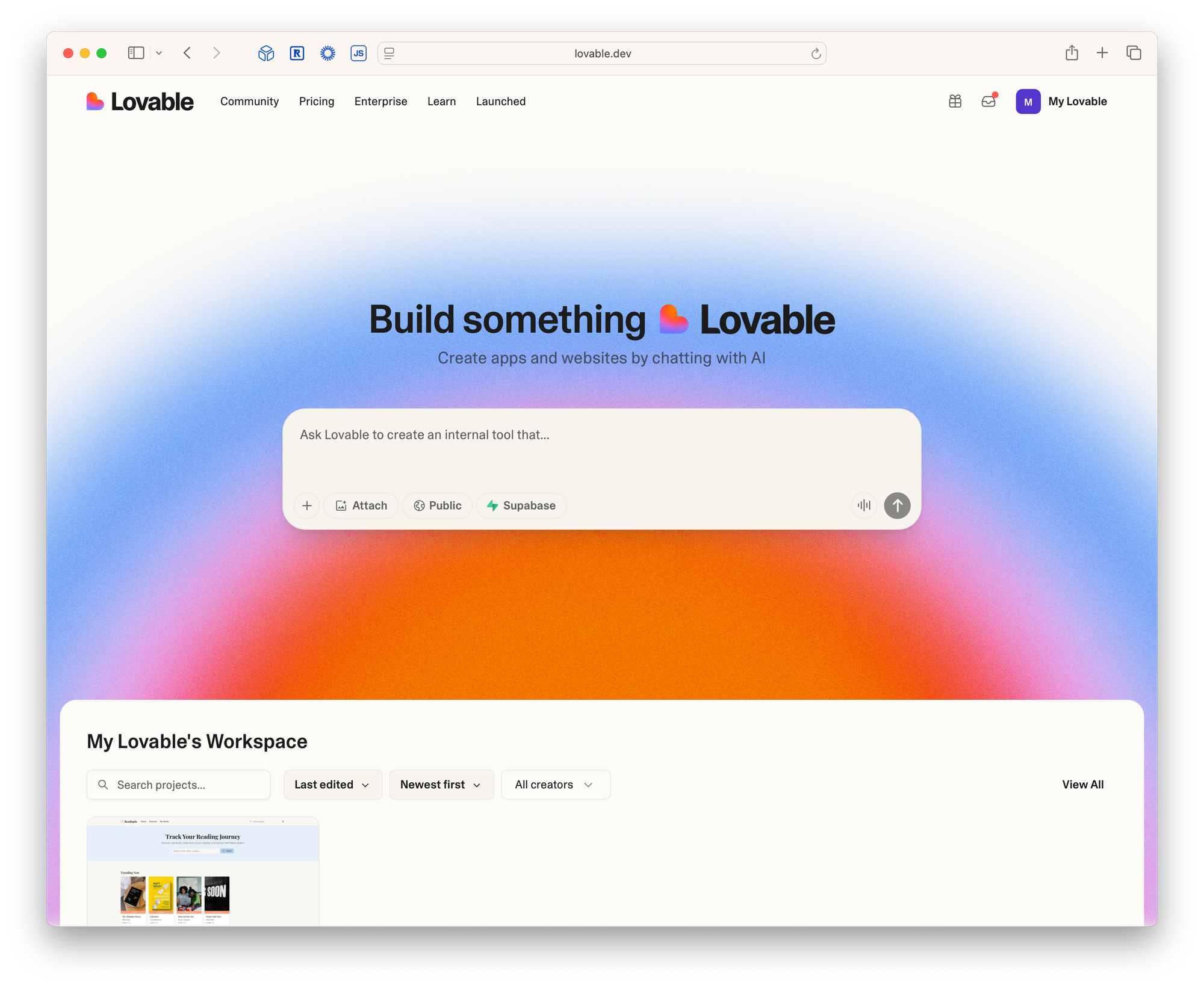
Why UX people make great solopreneurs
If you’ve spent years working in design and research, you already know how to:
- Spot problems in everyday life
- Interview people to learn about their pain points
- Generate and validate ideas through prototyping and testing
- Iterate based on feedback
There are a bunch of books for wannabe solopreneurs with cringey titles like $100m Offers and The Millionaire Fastlane which talk about how to come up with great business ideas. The techniques that they promote are essentially just good user research: social listening, shadowing people, reading reviews, conducting jobs-to-be-done interviews. It’s the same mindset, just applied to finding business opportunities rather than improving an existing product.
The other advantage UX people have is ‘taste’. When AI can generate designs and code, the ability to judge quality becomes more valuable. Someone with thousands of hours of design or research experience will be better at spotting what will work and what won’t.
Experienced UXers who go down the path of creating their own software products have a huge advantage over those that don’t, even if they may lack the technical skills.
The two ways to build with AI
For those with the curiosity to explore this further, there are a couple of approaches to building software with AI:
- Vibe coding: tools like Lovable, Bolt and v0 let you describe what you want and the tool builds it for you. You can go from idea to working prototype in minutes or hours. But the code is a bit of a black box, so when you run into issues it can be hard to debug.
- AI-assisted coding: tools like Windsurf, Cursor and GitHub Copilot are primarily designed to create production-ready software that you understand and control. Simon Willison calls this ‘vibe engineering’, which I like. You’re getting AI to accelerate your coding (or write all of it), but you’re using software engineering best practices like automated testing to build something that is less brittle than what you’d get with vibe coding.

It’s time to get a side project!
If you’re interested in this idea, you don’t have to quit your job and go all in. You can start with a side project.
Developers have always had side projects – it’s almost expected. But UX people rarely do, partly because we're not usually the ones building the thing. AI can change that.
Even if your side project never becomes your main income, making a little piece of software will...
- Stretch your skills in new directions
- Give you a newfound appreciation for software engineering
- Help you understand the commercial side of running a business
- Make you more marketable in an increasingly competitive industry
It was a side project that got me into UX in the first place. I created and ran a videogames review website for 16 years. This taught me how to design, code (before I forgot it all), manage people and more.
If you’re curious, here’s a practical starting point: whenever you notice something irritating in your own life or someone mentions a problem, write it down in a ‘problem list’. Later, when you want to try a side project, you’ll have a shortlist of ideas to explore.
A new opportunity
The solopreneur career path isn’t just for developers and content creators anymore.
In an uncertain job market and with AI reshaping everything, having another option is welcome. Not everyone will want to run their own business, but for those who do, the barriers are lower than they’ve ever been.
Even if you never create something so successful that you can quit your job, tinkering with side projects will make you a better practitioner. You’ll start to understand engineering trade-offs, think more commercially and become more well-rounded – exactly the kind of person who’ll thrive as the lines between design, product and technology continue to blur.

